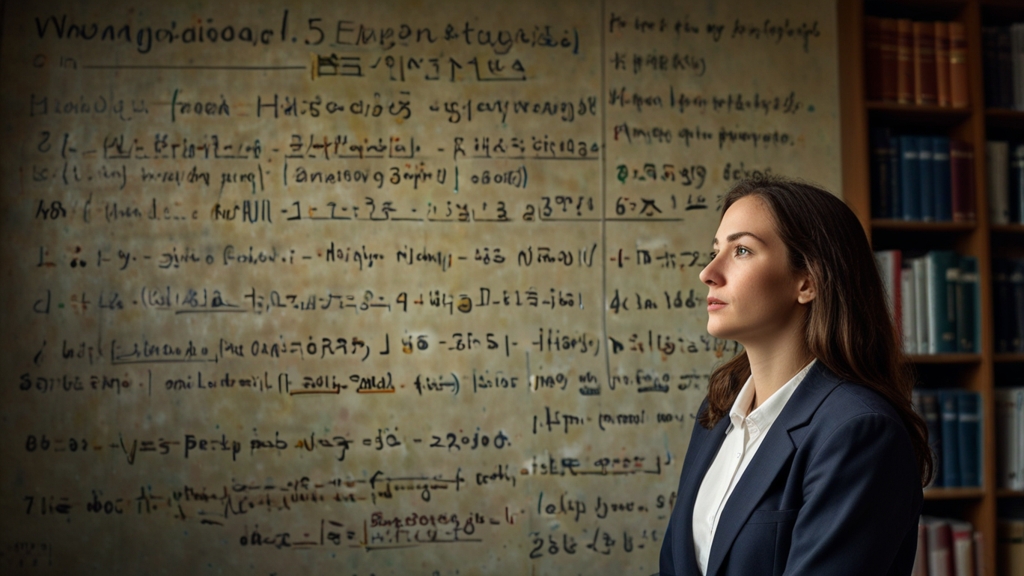Ten Astonishing Discoveries Related to the Exodus Story
The story of the Exodus, where Moses led the Israelites out of Egypt, is one of the most dramatic and pivotal tales in biblical history. Over the years, researchers and archaeologists have uncovered various pieces of evidence that offer fascinating insights into this ancient narrative. Here are ten astonishing discoveries that shed light on the Exodus story:
1. The City of Pi-Ramesses
One of the critical locations mentioned in the Exodus story is Pi-Ramesses, which is believed to be the city that Pharaoh built. Archaeologists have pinpointed this city's location in the eastern Nile Delta. Excavations have revealed extensive ruins that match descriptions from ancient texts, giving credibility to the biblical accounts.
2. The Egyptian 'Admonitions of Ipuwer'
The 'Admonitions of Ipuwer' is an ancient Egyptian papyrus that describes a series of plagues and societal upheaval that bear a striking resemblance to the plagues recounted in the Bible. While the papyrus does not provide direct evidence of the Exodus, it suggests that similar events could have historically occurred.
"The river is blood, yet men drink of it. Men shrink from human beings and thirst after water." — 'Admonitions of Ipuwer'
3. Hebrew Settlement in Goshen
Archaeologists have uncovered remnants of a Semitic settlement in the region of Goshen, in northeastern Egypt. Dating back to the same time period as the biblical Exodus, these ruins include houses, pottery, and other artifacts suggesting that a substantial Hebrew community lived there.
4. The Merneptah Stele
Discovered in 1896, the Merneptah Stele is an inscribed granite slab dating to around 1208 BCE. It contains the earliest known reference to "Israel" outside of the Bible, celebrating a victory of Pharaoh Merneptah over a people called Israel, thus confirming that an entity known as Israel existed in the region during the late Bronze Age.
5. Egyptian Chariots in the Red Sea
Underwater explorations in the Gulf of Aqaba, a proposed location for the Red Sea crossing, have uncovered chariot wheels and other debris. While the exact dating and historical context of these artifacts are still debated, their presence is intriguing in light of the biblical account of Pharaoh’s army being swallowed by the sea.
"And the Lord caused the sea to go back by a strong east wind all that night, and made the sea dry land, and the waters were divided." — Exodus 14:21
6. The El-Arish Inscription
This ancient Egyptian text, known as the El-Arish Inscription, parallels the Exodus narrative by describing a pharaoh and his army being destroyed by great waters. This story closely aligns with the biblical account of the parting of the Red Sea and suggests that similar tales were part of Egypt’s historical record.
7. Mount Sinai
The exact location of Mount Sinai, where Moses received the Ten Commandments, has long been a topic of debate. One proposed site is Jebel al-Lawz in northwestern Saudi Arabia. Explorations have uncovered potential evidence for an ancient encampment and altars that some claim could be linked to the Israelites.
8. The Amarna Letters
The Amarna Letters are a collection of clay tablets that provide a window into the diplomatic correspondence between Egypt and its neighbors during the 14th century BCE. Some of these letters reference a group called the "Habiru," who are believed by some scholars to be related to the Hebrews of the Exodus story.
9. Ancient Egyptian Records of Slavery
Inscriptions and other records from ancient Egypt provide evidence of Semitic slaves living in Egypt during the time period traditionally associated with the Exodus. This lends credence to the biblical claim that the Israelites were enslaved prior to their departure.
10. The Bible's Historical Geography
Recent satellite imagery and geological studies have provided new insights into the geographical descriptions given in the Bible. Researchers have identified possible routes that the Israelites could have taken and locations that fit the biblical narrative, from the crossing of the Red Sea to wandering in the wilderness.
Each of these discoveries, while not definitive proof of the Exodus, adds layers of historical and archaeological context to the biblical narrative. Together, they paint a picture of an ancient world grappling with extraordinary events that could well have inspired the enduring story of the Exodus.






